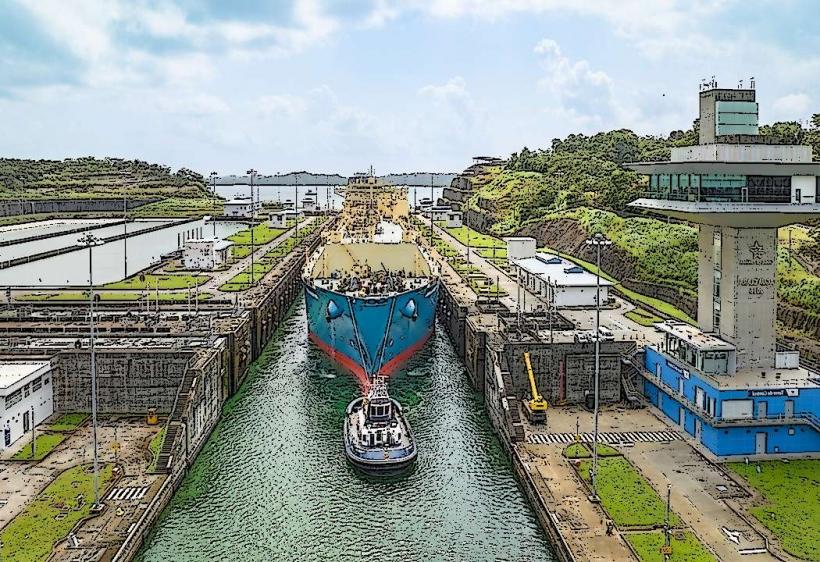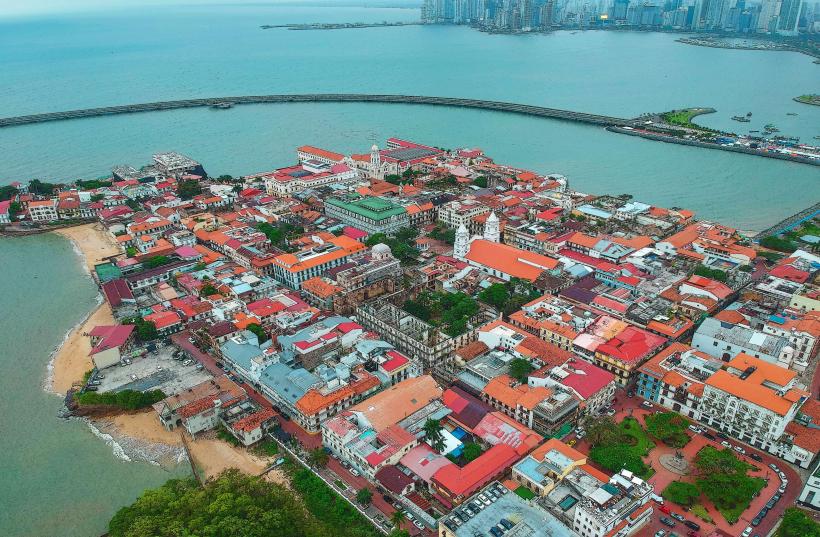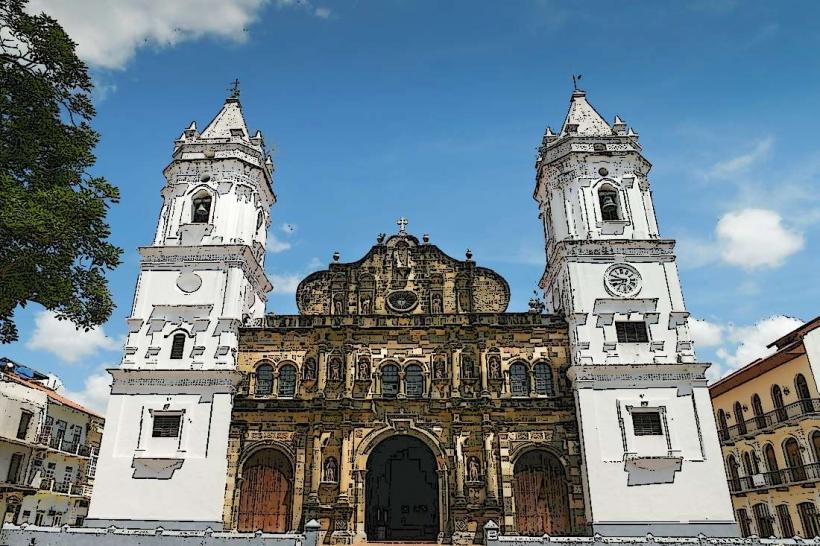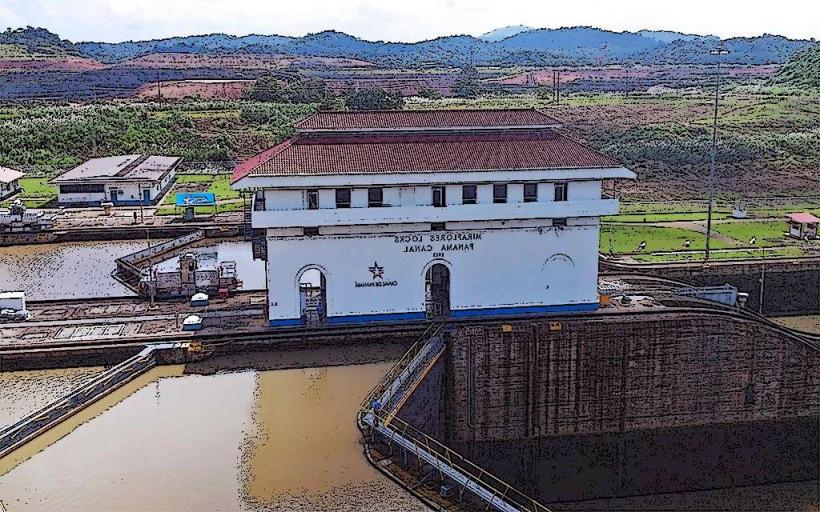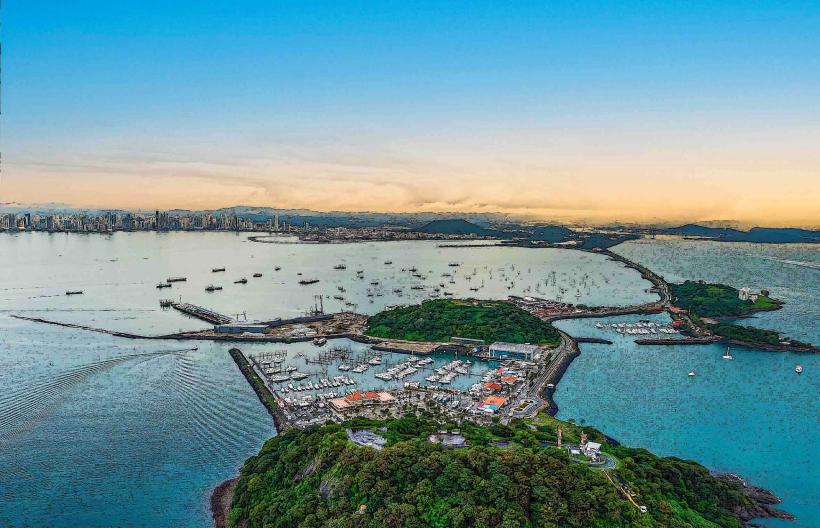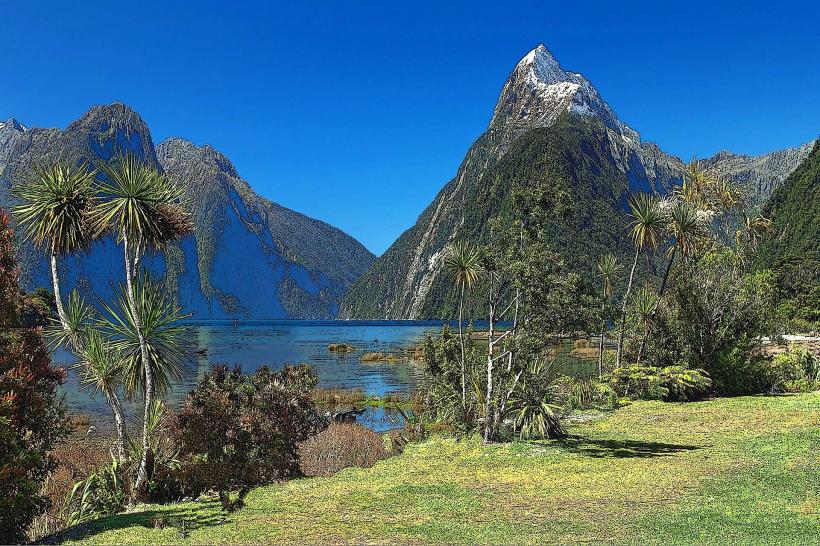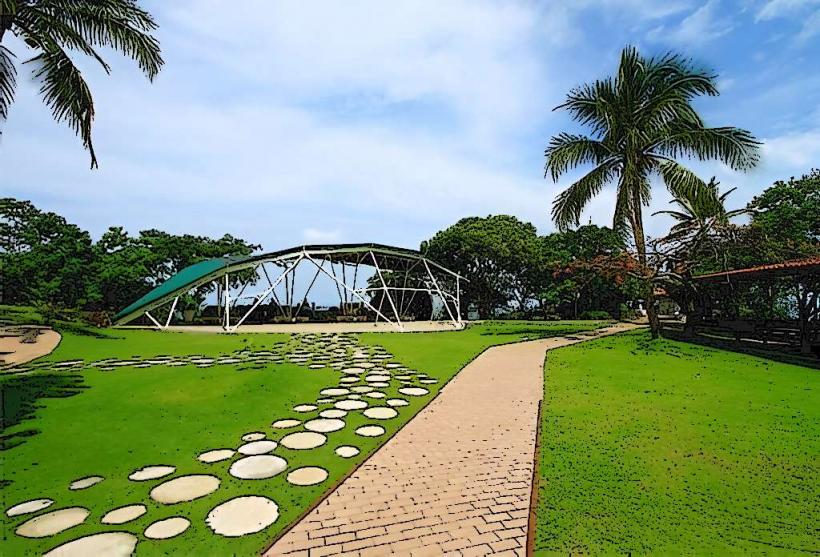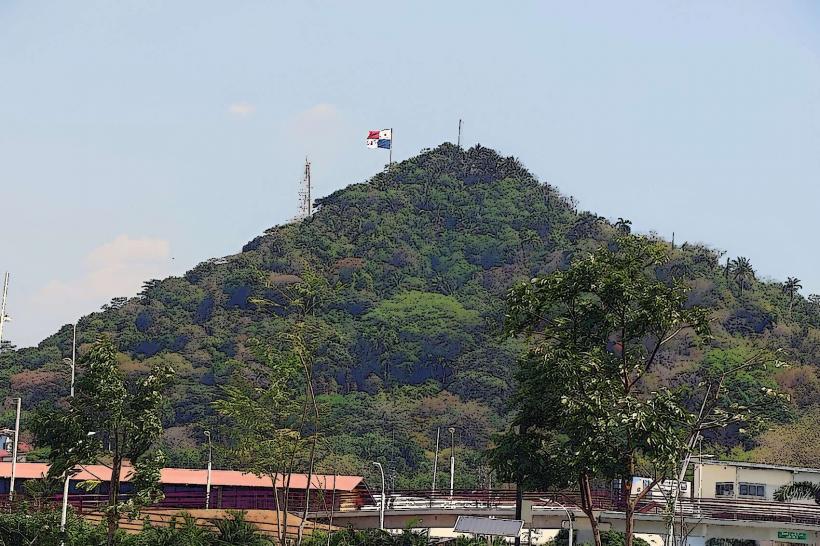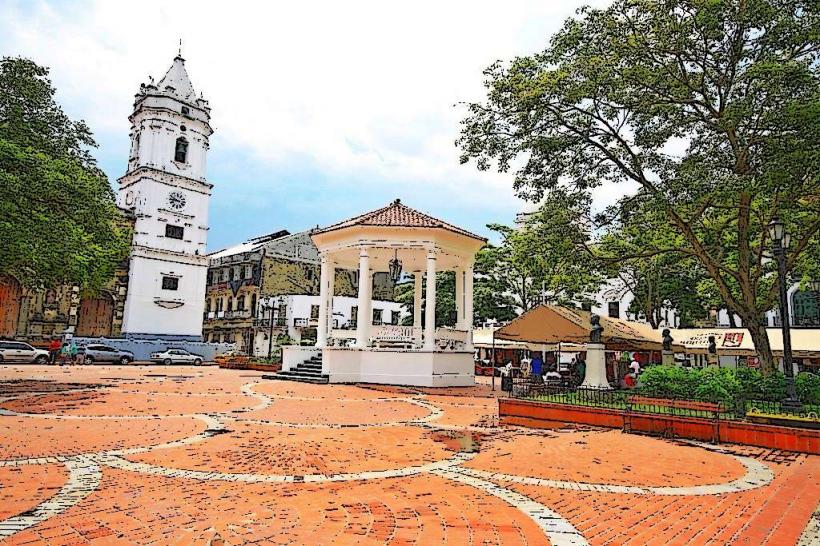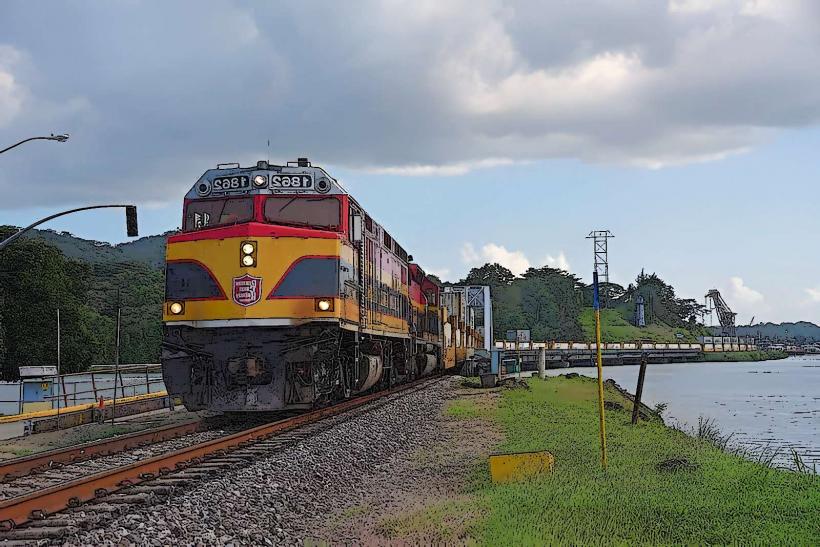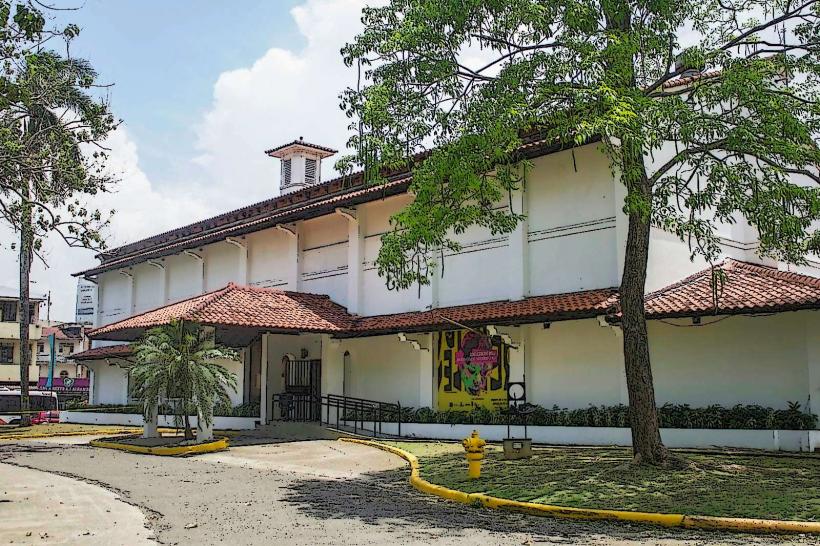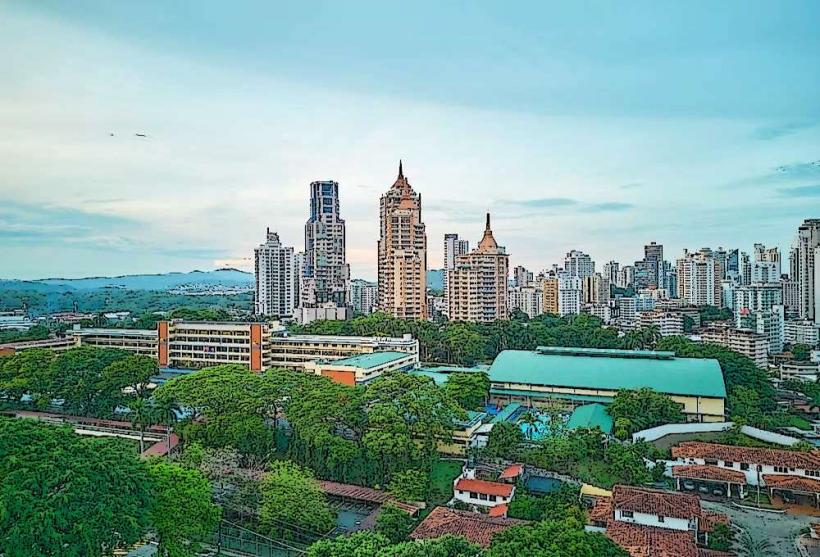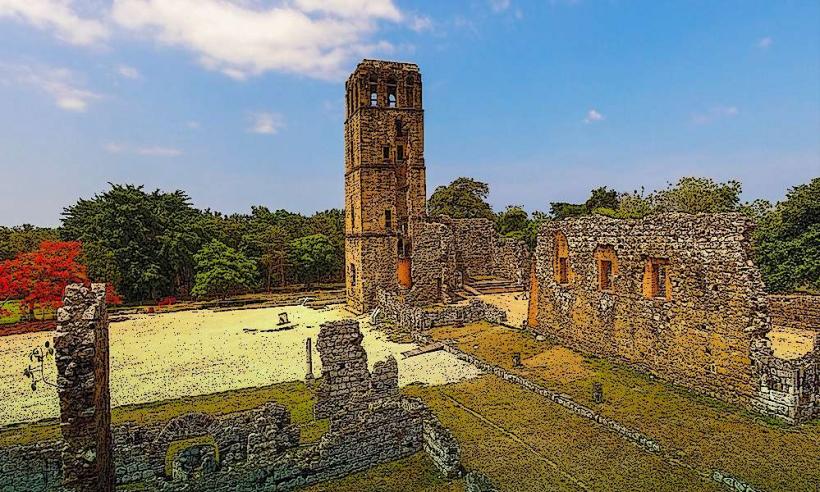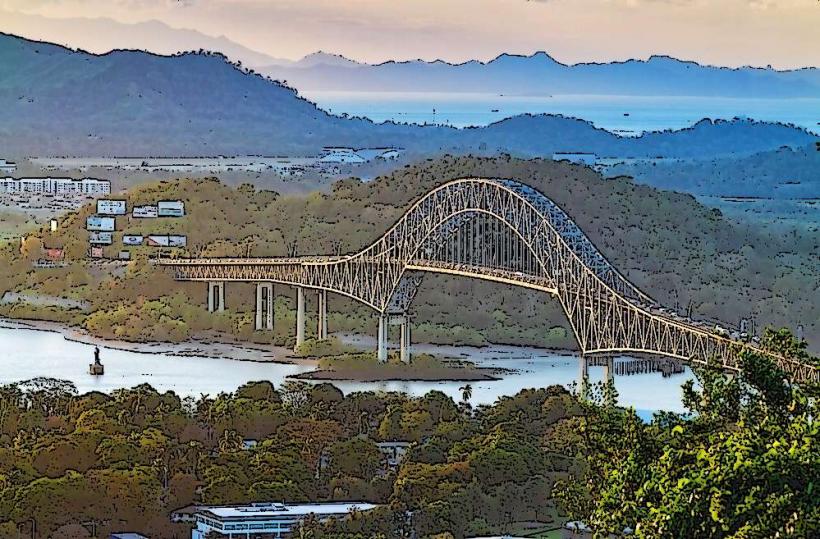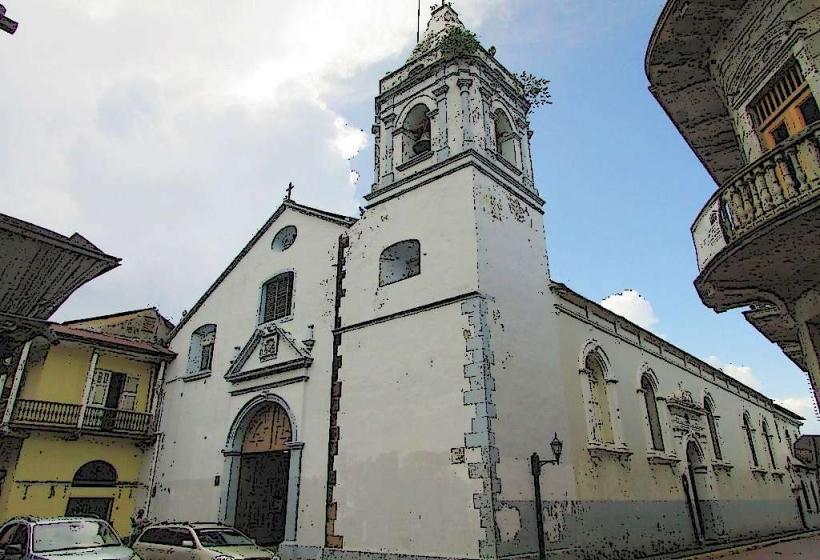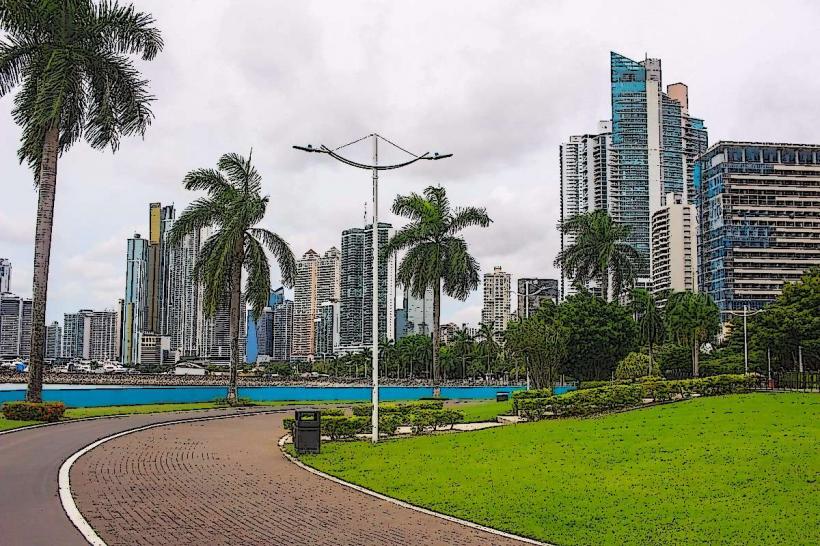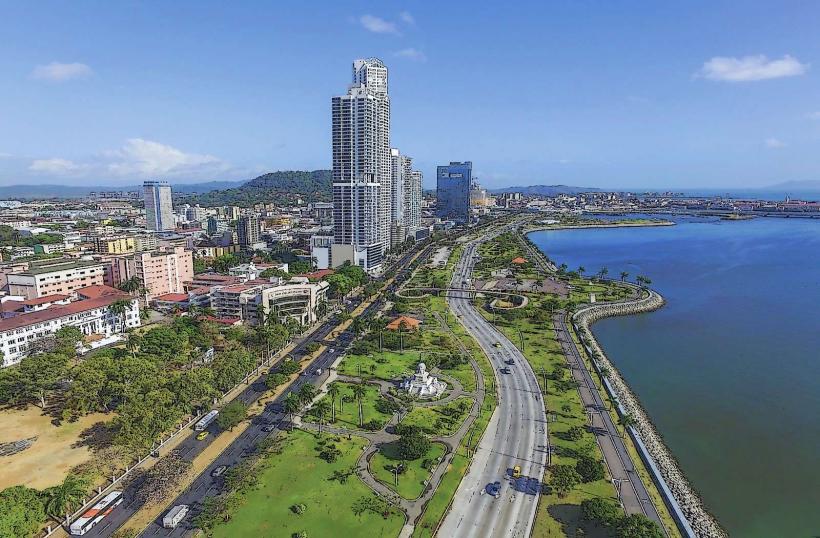Information
Landmark: BiomuseoCity: Panama City
Country: Panama
Continent: North America
Biomuseo, Panama City, Panama, North America
Overview
In Panama City, the Biomuseo-also called the Biodiversity Museum-celebrates the country’s astonishing variety of life, from tiny tree frogs to towering rainforest trees, and explores the wider natural heritage of Central America, at the same time famed architect Frank Gehry designed it, bringing his signature style-bold, twisting shapes that seem to ripple in the light.The Biomuseo ranks among Panama’s top cultural and educational landmarks, drawing visitors of every age with sparkling, twisting galleries and exhibits that spark curiosity, moreover history and Concept: Opened in 2014, the Biomuseo was designed to celebrate Panama’s extraordinary plants and wildlife-from glowing toucans to rare orchids-and the rich ecosystems that surround the country.The museum aims to show how biodiversity keeps our planet healthy, from the rustle of leaves in a rainforest to the buzz of a city garden, and to inspire people to protect nature and live sustainably, likewise the museum was founded in connection with Panama’s status as a biodiversity hotspot, a country that links North and South America like a lush green bridge teeming with birds and orchids.Frankly, Perched between two oceans and packed with rainforests that smell of wet earth, Panama’s location and rich mix of ecosystems put it among the most biologically diverse countries on the planet, along with the Biomuseo works to show people how rich this diversity is and why it matters, especially as the planet faces rising seas and other global environmental challenges.Frank Gehry designed the Biomuseo’s bold, twisting shapes, making the building itself as much a masterpiece as the vibrant displays waiting inside, likewise the building catches your eye with its bold curves and bursts of color, its shapes curling like leaves, fanning like shells, and rolling like waves on a luminous shoreline.Radiant splashes of color cover the exterior, a hallmark of Gehry’s style, making the museum pop against the skyline and instantly catch the eye, besides they designed the building with the environment in mind, adding solar panels that glint in the afternoon sun and shaping it to blend naturally into the rolling hills around it, occasionally The Biomuseo sits on the Amador Causeway, a lively stretch of Panama City’s waterfront where you can notice the skyline shimmer against the blue sweep of the Pacific, in conjunction with at the Biomuseo, you’ll find exhibits that bring Panama’s rich biodiversity to life, from luminous tropical bird displays to models of ancient forests.The museum’s exhibits span the history of life on Earth, trace how Panama’s plants and animals have evolved, and show how this narrow strip of land serves as a living bridge between two continents-where a jaguar’s pawprint might lie beside the tracks of a migrating bird, as a result the exhibits aim to inform and delight, drawing you in with touch-screen maps, lively videos, and bursts of color that catch the eye.One highlight is *The Formation of the Isthmus of Panama*, an exhibit that traces how, millions of years ago, shifting tectonic plates lifted a narrow strip of land from the sea, linking North and South America and giving animals a path to cross between them, as well as the event left a deep mark on global biodiversity, and the exhibit traces how that link shaped the plants and animals of the Americas-from towering ceiba trees to shining dart frogs.Step inside and explore Panama’s astonishing biodiversity, where scarlet macaws flash through lush rainforests and luminous fish dart among coral reefs, after that it highlights the country’s wide mix of ecosystems, from misty cloud forests to sun‑baked deserts, and shows why they matter to the planet.Visitors can tap through interactive displays to discover the region’s plants and animals-like a dazzling green lizard found nowhere else, what’s more one highlight of the museum showcases Panama’s work in conservation and protecting the environment, from lush rainforest preserves to coastal wildlife sanctuaries.The exhibit drives home the need to protect the country’s varied ecosystems, from misty mountain forests to sunlit coral reefs, and showcases ongoing efforts to safeguard endangered species and the places they call home, not only that the Marine Biodiversity exhibit dives into Panama’s vibrant ocean life, from dazzling coral reefs along its coasts to the creatures roaming the Pacific and Caribbean waters.Truthfully, It sheds light on the health of our oceans, from coral reefs fading to gray, to the dangers brought by overfishing, pollution, and a warming climate, what’s more the Evolution of Life: This fascinating exhibit follows Earth’s story from tiny, single-celled organisms drifting in ancient seas to the incredible variety of creatures alive today.To be honest, It shows how every living feature is linked, tracing the ways evolution has shaped creatures from Panama’s rain-soaked forests to every corner of the globe, at the same time the Biomuseo invites visitors to roll up their sleeves and explore, offering a hands-on way to learn that might have you touching shells or peering through a magnifying glass.Many exhibits feature multimedia-videos flickering on screens, animations in motion, and layered soundscapes-that make the subject feel alive, in turn the museum offers hands-on programs and lively activities for kids, school groups, and families, making it an ideal spot for a day of learning and discovery.For example, the museum’s Discovery Room lets kids get hands-on with activities-like touching a fossil or sorting leaves-that spark curiosity about the environment, conservation, and biodiversity, subsequently you’ll also find workshops, special events, and rotating exhibits that dive into different sides of science and the natural world-like a table of glittering minerals you can touch.At the Biomuseo, you can wander through the exhibits at your own pace, pausing to study a sparkling butterfly wing or a fossil’s fine lines, or join a guided tour if you’d rather dive deeper into the museum’s stories, and the museum’s design opens up to breathtaking views of the landscape, with the silver sweep of the Panama Canal and the wide blue curve of Panama Bay just beyond.Perched on the Amador Causeway, the Biomuseo is just a quick drive from Panama City, and you’ll often find both tourists and locals pausing here to take in the sparkling, angular building against the blue water, consequently just steps from the museum, you’ll find cafés with the smell of fresh coffee, tiny shops, and open spaces where people stroll or picnic, giving visitors plenty of ways to enjoy the outdoors before or after exploring inside, generally At the Biomuseo, sustainability isn’t just a concept-it’s a guiding principle, from conserving rainwater to protecting the lush greenery that surrounds it, in conjunction with along with its eco-friendly design, the museum cuts waste, saves water, and uses energy-efficient lighting that casts a warm, soft glow over the exhibits.To be honest, It also runs educational programs that promote sustainability, sparking awareness about why our forests, rivers, and air need protecting, also in short, the Biomuseo is a locale you can’t miss if you’re curious about the incredible variety of life in Panama and beyond-its glowing exhibits burst with color, like tropical feathers caught in sunlight.With its soaring arches, hands-on exhibits, and clear passion for teaching about the environment, it stands out as a rare and treasured cultural landmark, what’s more whether you love exploring the outdoors, want to give your kids a hands-on science day, or just feel curious about the wild world around you, the Biomuseo greets you with sparkling, sweeping exhibits that make learning feel like an adventure.
Author: Tourist Landmarks
Date: 2025-09-14

